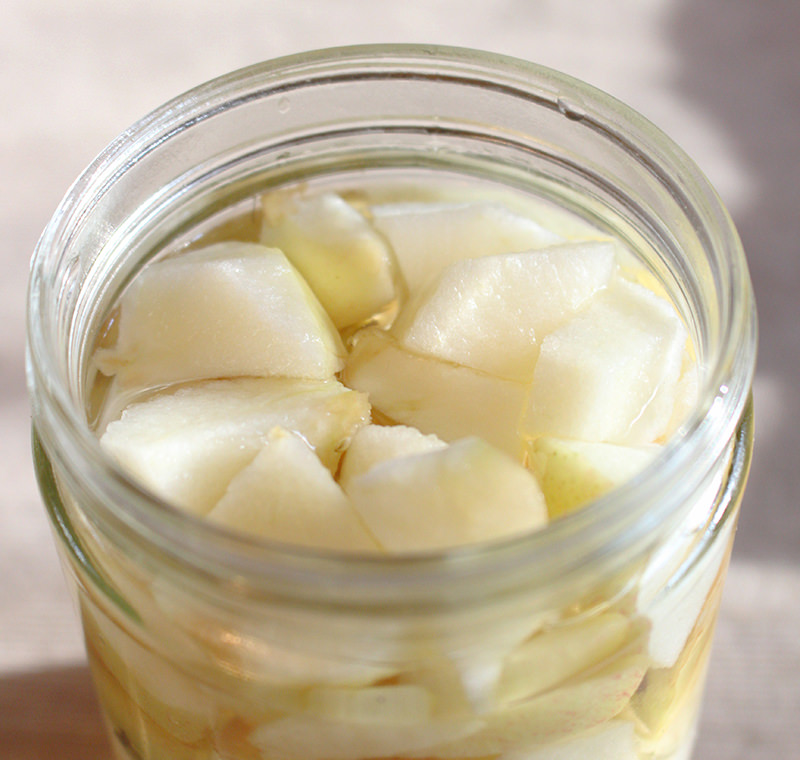
With spring upon us and the excitement of the season associated with rejuvenation, new growth and cleansing, a spring tonic seems to fit the bill.
Greens As Tonics
Before people could get almost any food at any time of the year, the emergence of early spring plants meant the opportunity to eat green vegetables after months of root vegetables, grains and meat, offering vitamins and minerals that had been lacking in their winter diet. It was believed that spring tonics purified, strengthened and restored the blood, and got people who led agriculturally based lives ready for the rigorous growing season that was upon them.
What exactly is a tonic? A tonic is something that can be safely taken, often in a food-like form, regularly over a period of time to strengthen and restore body systems and promote overall health. So many early spring plants lend themselves to this, being high in iron and other minerals, detoxifiers, digestion aids, and anti-inflammatories.
Vinegar For Health
The use of vinegars as food and medicine goes back to ancient times and across cultures. Babylonians, Egyptians, Greeks and Chinese used vinegars for preserving foods, for treating wounds and as tonics. When the early settlers discovered crabapples in abundance in the New World, they made apple cider vinegar, which was used for treating a variety of health conditions.
Today, vinegar is still used by many for a variety of health applications, including improving digestion, benefitting skin and hair, supporting the cardiovascular system, lowering blood sugar, and helping in weight loss.
Homemade Apple Cider Vinegar

Apple cider vinegar is simple to make at home, and you can even use generally unwanted cores and peels, or bruised pieces of fruit you don’t want to eat. Chop the ingredients coarsely, and put your peels and cores in jar—seeds and stems are OK to include. The apple mixture should fill the jar about halfway. Fill the jar to the top with water, and for a quart-sized jar, add 1/4 cup of sugar or honey. Cover with cheesecloth or muslin and a rubber band, and keep in a warm place.
After about a week, the apple pieces should have fallen to the bottom of the jar. At this point, strain the apple pieces out. Put liquid back into the jar, and cover with fresh cheesecloth or muslin.
In about three weeks, taste your vinegar. If it is vinegary enough, bottle it and use as you would any vinegar. If it isn’t strong enough, allow it to age for a bit longer, until the taste is to your liking.
Oxymels
An oxymel is basically a mixture of honey and vinegar that has a history of medicinal use dating back to ancient times. Its name comes from the Latin word oxymeli, meaning acid and honey. Hippocrates, the father of modern medicine, used oxymels extensively to treat a variety of conditions.
Herbs were often infused into the oxymel to add further benefits to this honey and vinegar tonic. An oxymel can be taken as a tonic or can be added to foods, such as salads or cooked dishes.
Recipe: Spring Herb-Infused Oxymel

Ingredients
- apple cider vinegar (This helps digestion, balances body pH and lowers blood sugar.)
- raw honey (This acts as an antimicrobial, antifungal and antiviral; boosts the immune system; and aids digestion.)
- fresh herbal blend of choice (Dried herbs may be substituted if fresh are not available.)
Herbs you may consider using for your spring tonic may include:
- nettles: high in iron, vitamins and minerals; detoxifying
- dandelion greens: improve digestion; high in iron and minerals
- burdock root: traditionally regarded as a liver tonic to help clean and build the blood; diuretic
- chives: blood tonic; stimulates appetite; aids digestion; diuretic
- chickweed: high in B vitamins, vitamin C and minerals; strengthens kidneys; diuretic
- arugula: high in vitamins and minerals; antioxidant; anti-cancer
- mustard greens: stimulate digestion; anti-cancer; liver tonic
- chicory: liver tonic; relieves stomach upset; antioxidant
Preparation
Mix together equal amounts of vinegar and honey. There are many recipes for oxymels, and some call for more honey than vinegar, while others are mostly vinegar with a small amount of honey. The ratio is really up to you. As a dressing for salads, more vinegar is recommended. If you are taking it by the spoonful, you might find a higher amount of honey to be more palatable.
Chop herbs coarsely and place in a jar, filling it about halfway. Pour the honey/vinegar mixture over the herbs. Cover and shake gently. Label with contents and date.Place in a dark place and give a gentle shake every couple of days, or whenever you remember to.
After two weeks, strain out the herbs and pour the liquid into a bottle. Refrigerate for up to a year.
Oxymels can be taken by the spoonful as a daily tonic, straight or mixed into water, or used as a dressing on raw or cooked vegetables.




